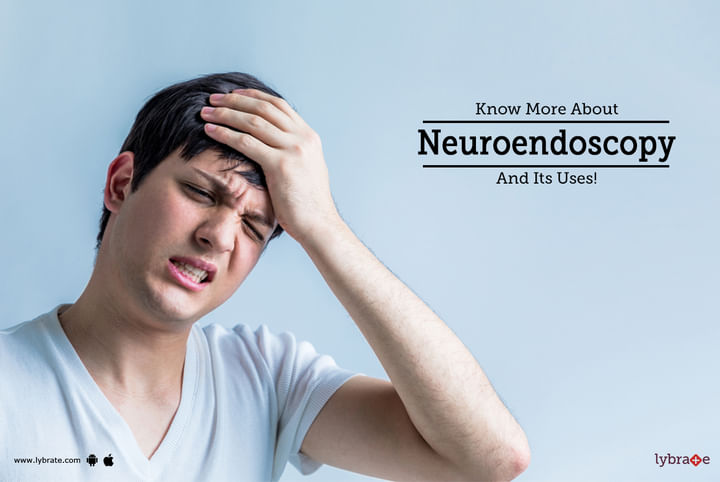Know More About Neuroendoscopy And Its Uses!
Surgery to remove abnormal growths of the brain, peripheral nervous system or the spine or any disorder can be tricky because the brain and the skull that shields it are complex areas. In the old days, open surgery was the only way to access the brain or spinal cord. But, with the invention of laparoscopy, keyhole surgery to treat neurological issues is gaining ground.
What is Neuroendoscopy?
Neuroendoscopy is a surgical procedure that is favoured by doctors and patients alike because it is minimally invasive.
Before the surgery, you will be administered general anaesthesia so that you will be unconscious during the entire duration. During the surgery, the surgeon will drill a minute hole into your skull just above the eyebrows. You skull also has two natural openings. That is why the surgeon may make use of the nose or the mouth to access the region that needs to be operated upon.
Neuroendoscopy is useful because -
• It lets the surgeon reach regions that are not accessible with open surgery
• The tumour can be removed without any damage being done to surrounding tissues
An endoscope is a delicate device with a high-resolution camera mounted on it. There is an eyepiece on the other end. The device is also fitted with a light. When it is inserted into the brain, it lights up the passage and the eyepiece allows the surgeon to take a look inside. The camera sends a live feed of the path it is traversing and this guides the surgeon. When the tumour is reached, it is gently removed with other surgical instruments that too were inserted through the cavities or the drilled hole.
Benefits of Neuroscopy -
There are several advantages of relying on laparoscopy -
• The patient endures less pain
• Fewer chances of infection
• Faster recovery
• Very little scarring of tissues
Which Disorders call for Neuroendoscopy?
Any of the following disorders can be put to rights with a neuroendoscopic surgery -
• Pituitary tumours
• Rathke’s cleft cysts
• Pineal area tumours
• Ventricular tumours
• Skull base tumours
• Brain inflammation triggered by an infection
• Chordomas
• Cerebrospinal fluid fistulas
• Trigeminal neuralgia
• Cerebral aneurysm
After Surgery-
Once you undergo the neuroendoscopic surgery, you will have to be rehabilitated so that your condition can be monitored round the clock. Neuroendoscopy is a state of the art clean and efficient surgery that is beneficial to both surgeons as well as the patients.



+1.svg)
